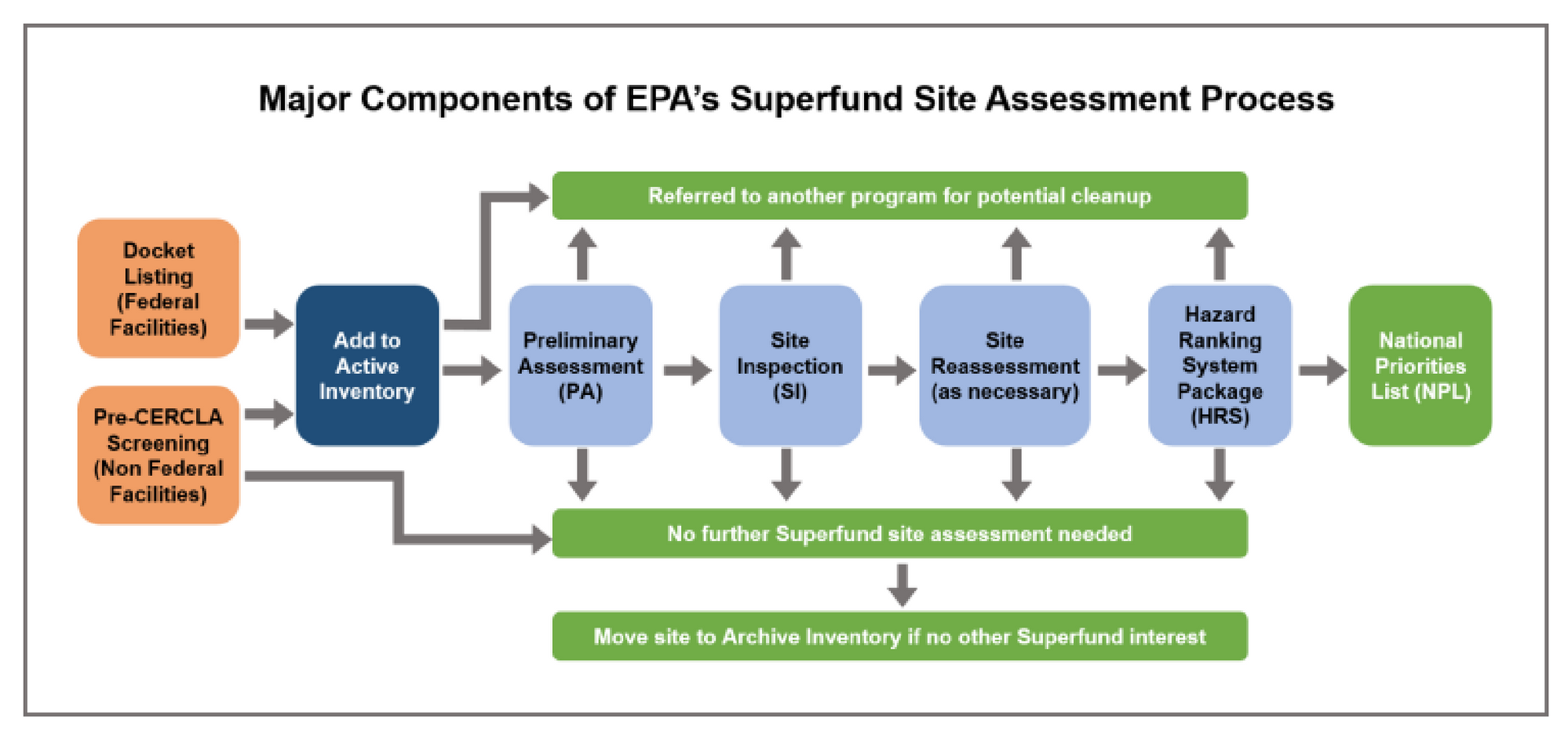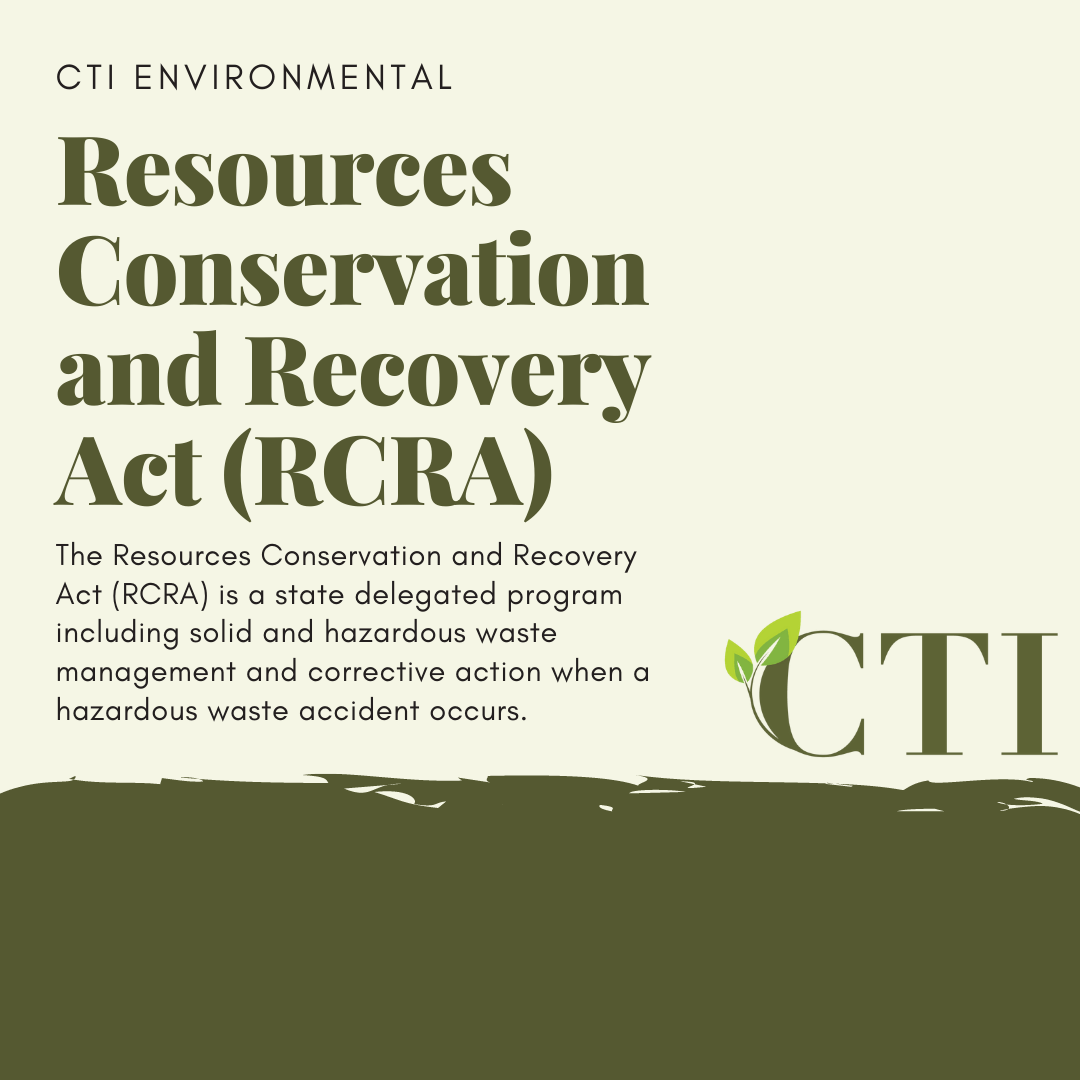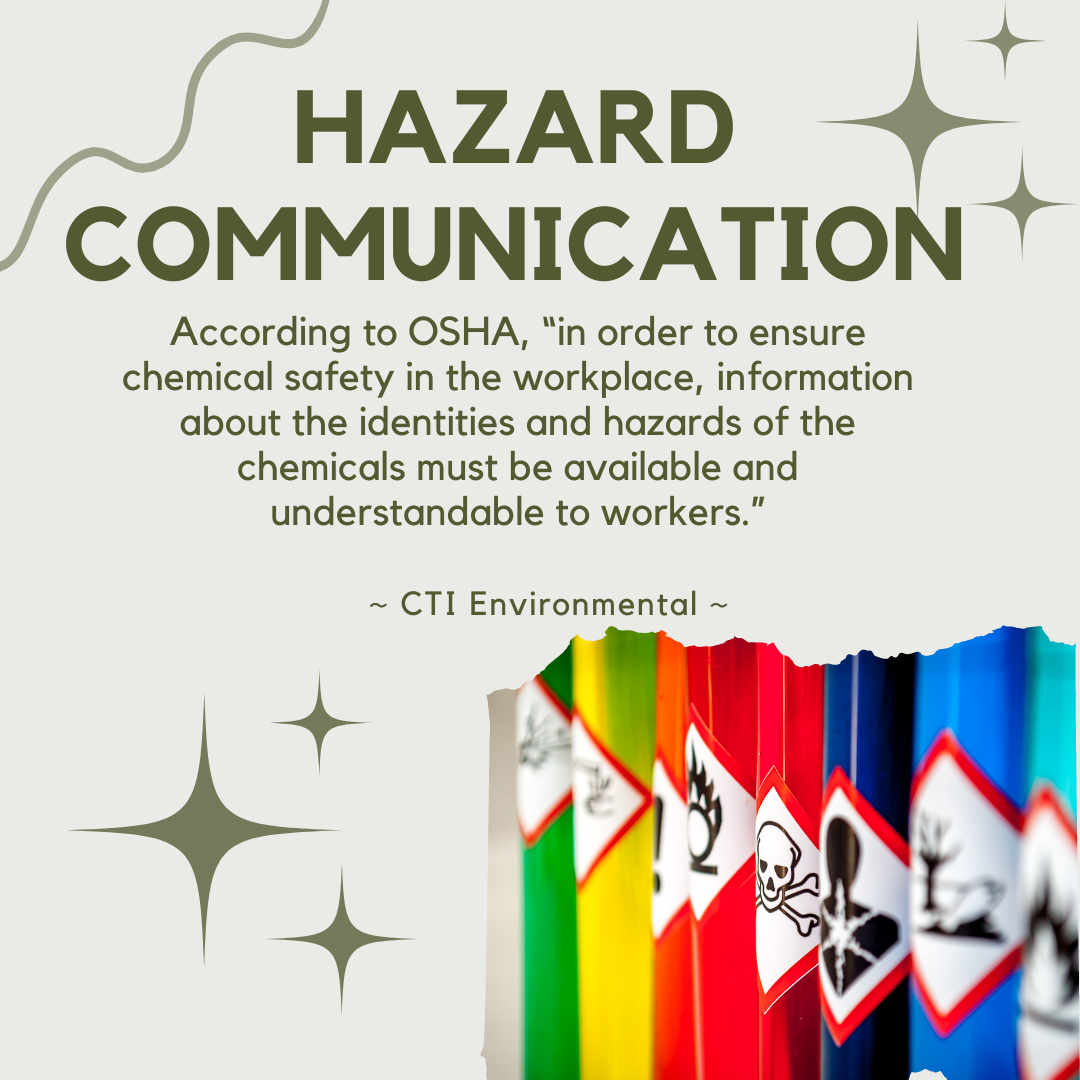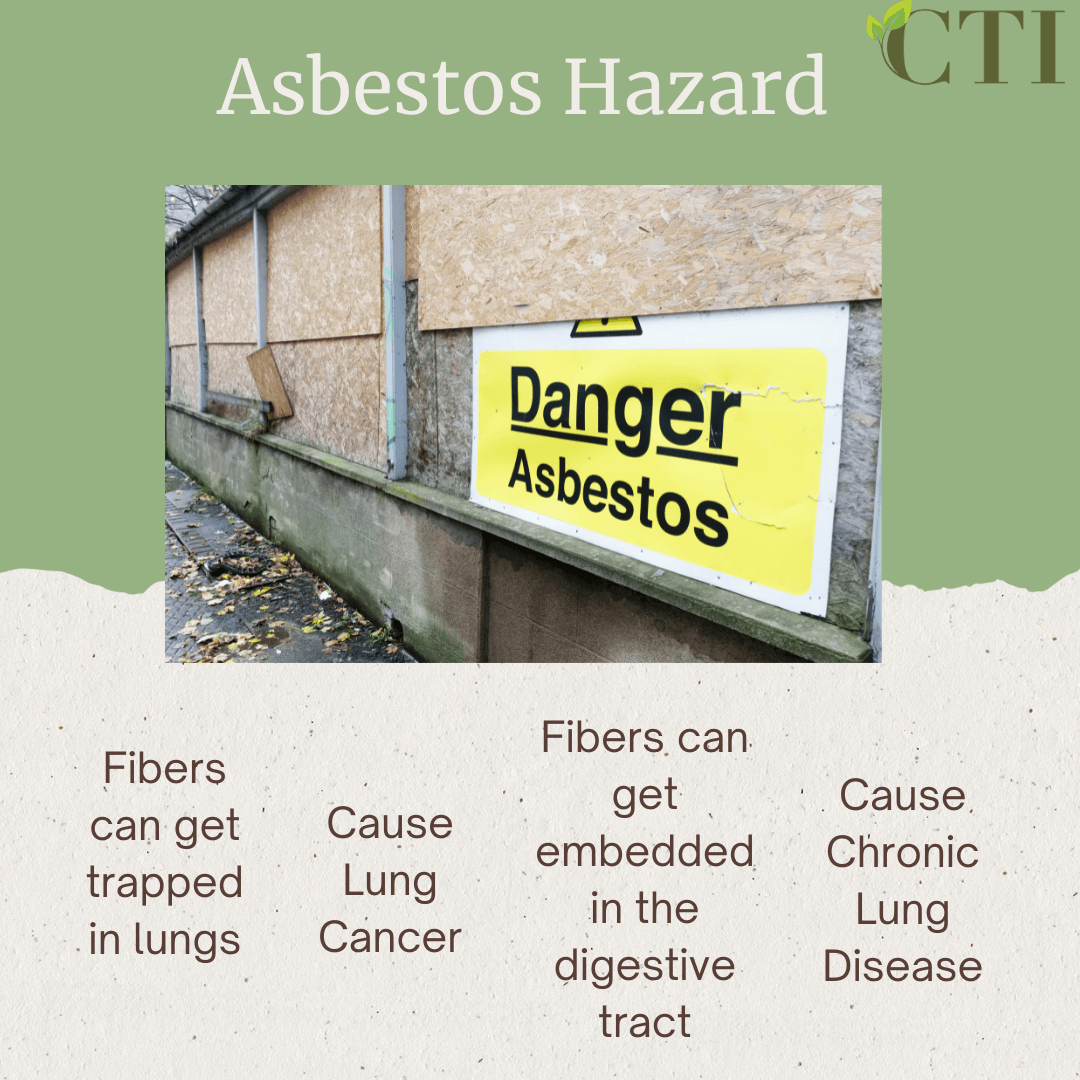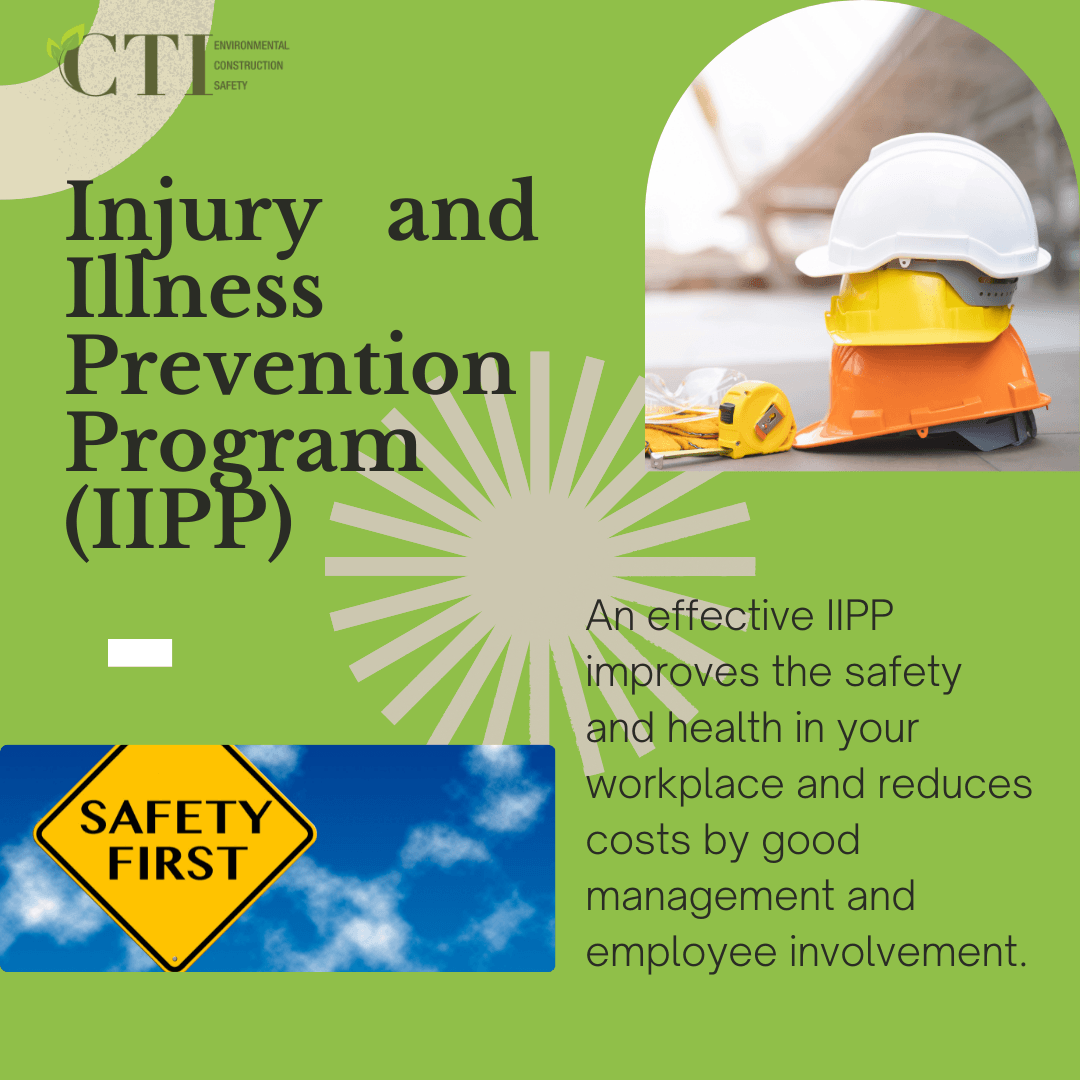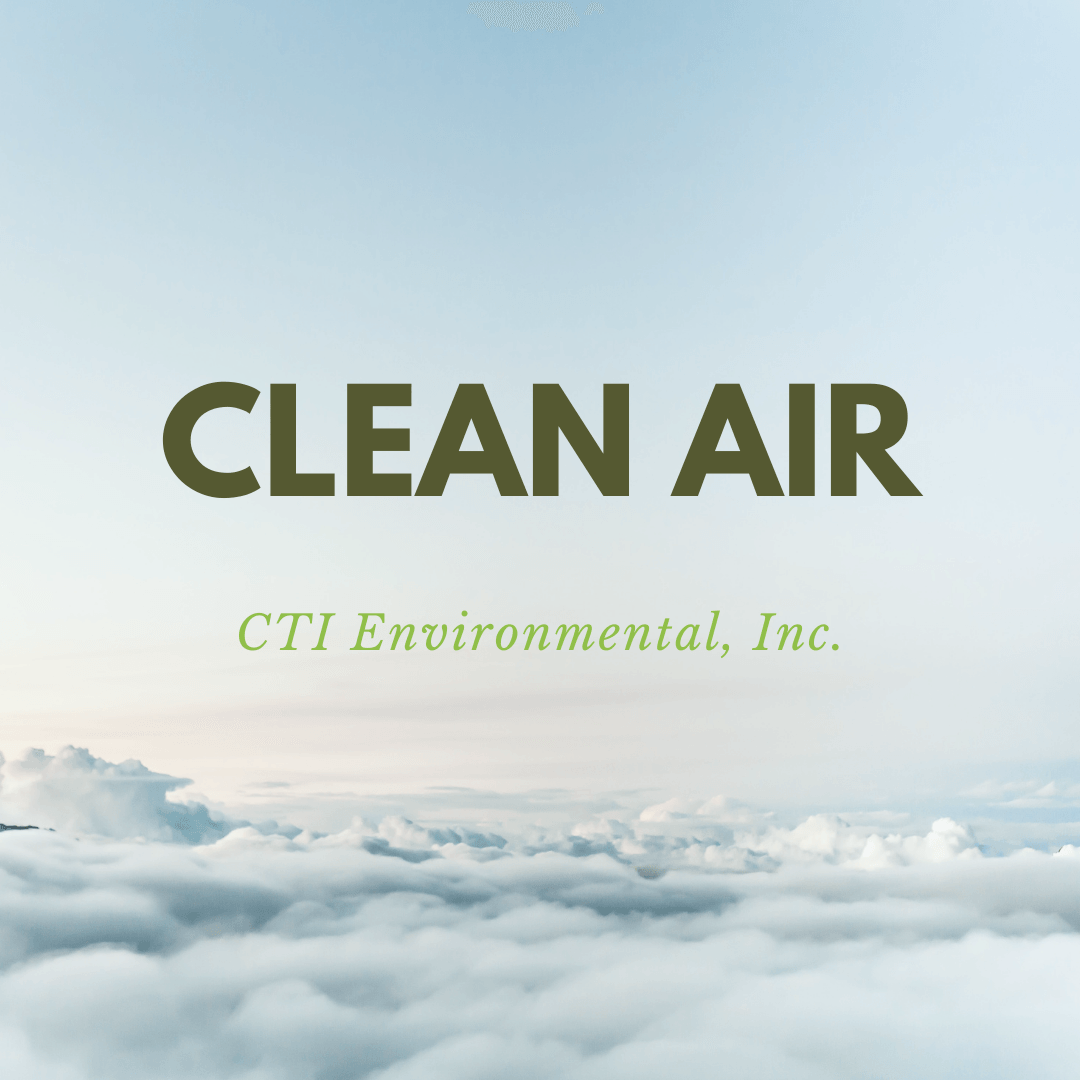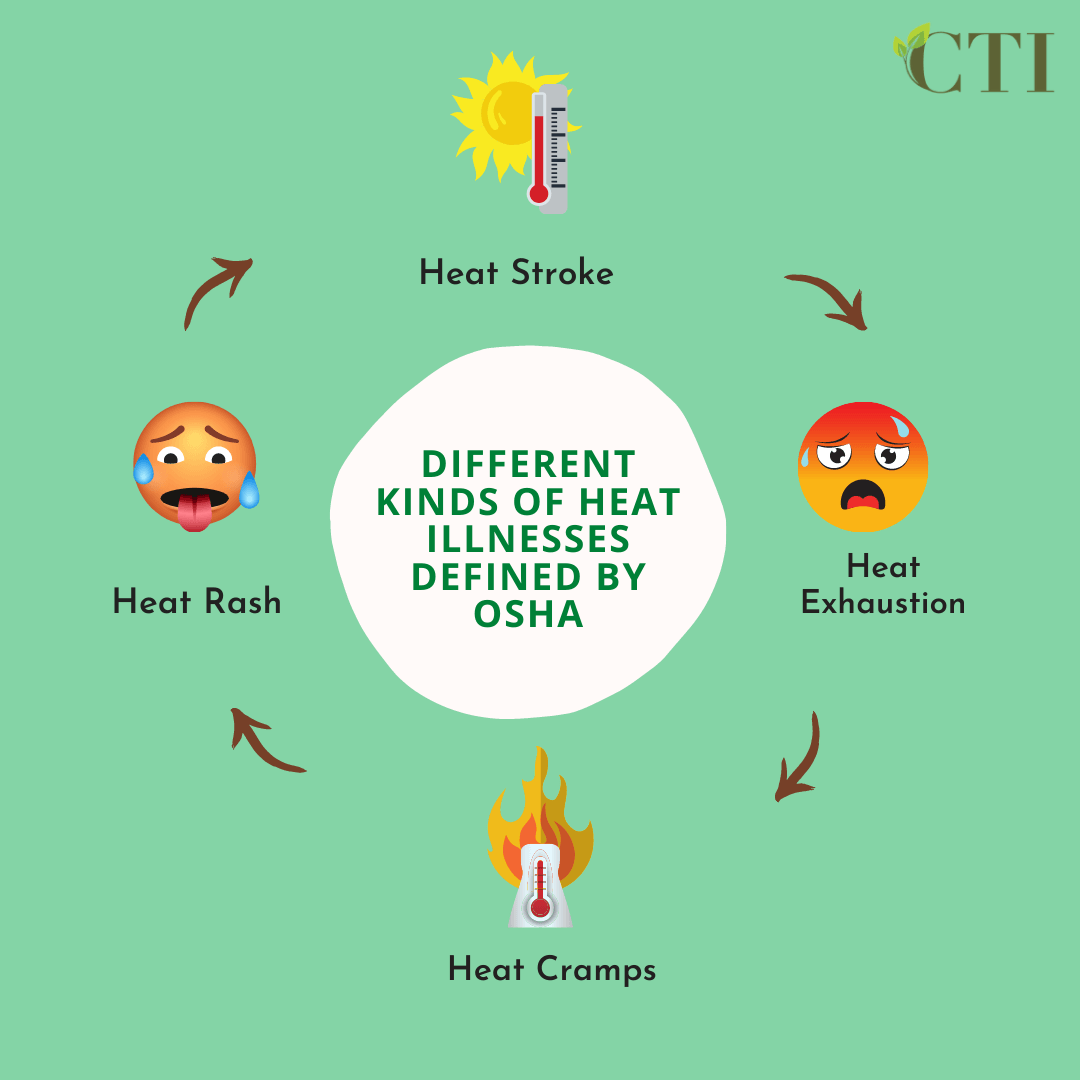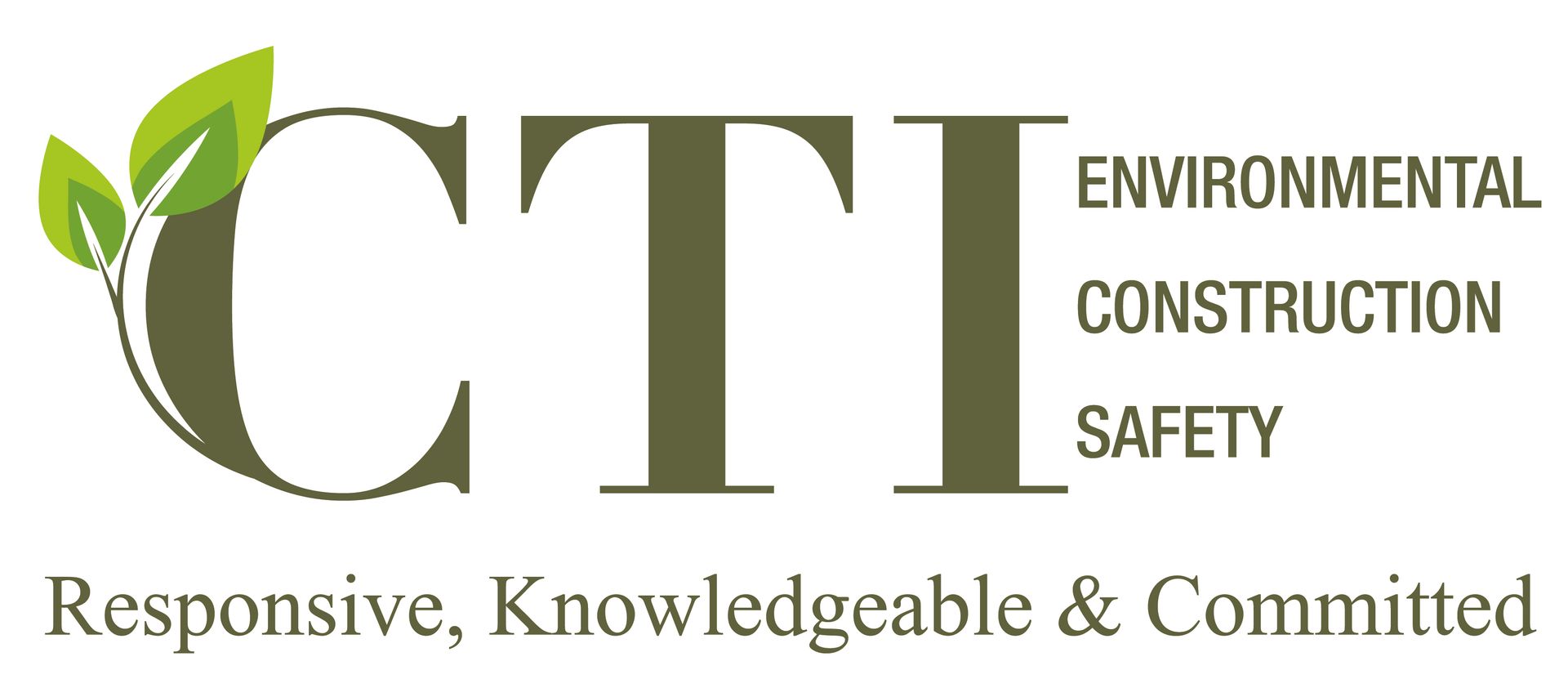How Phase I Environmental Site Assessment Protects Buyers
Environmental Site Assessment - What You Should Know
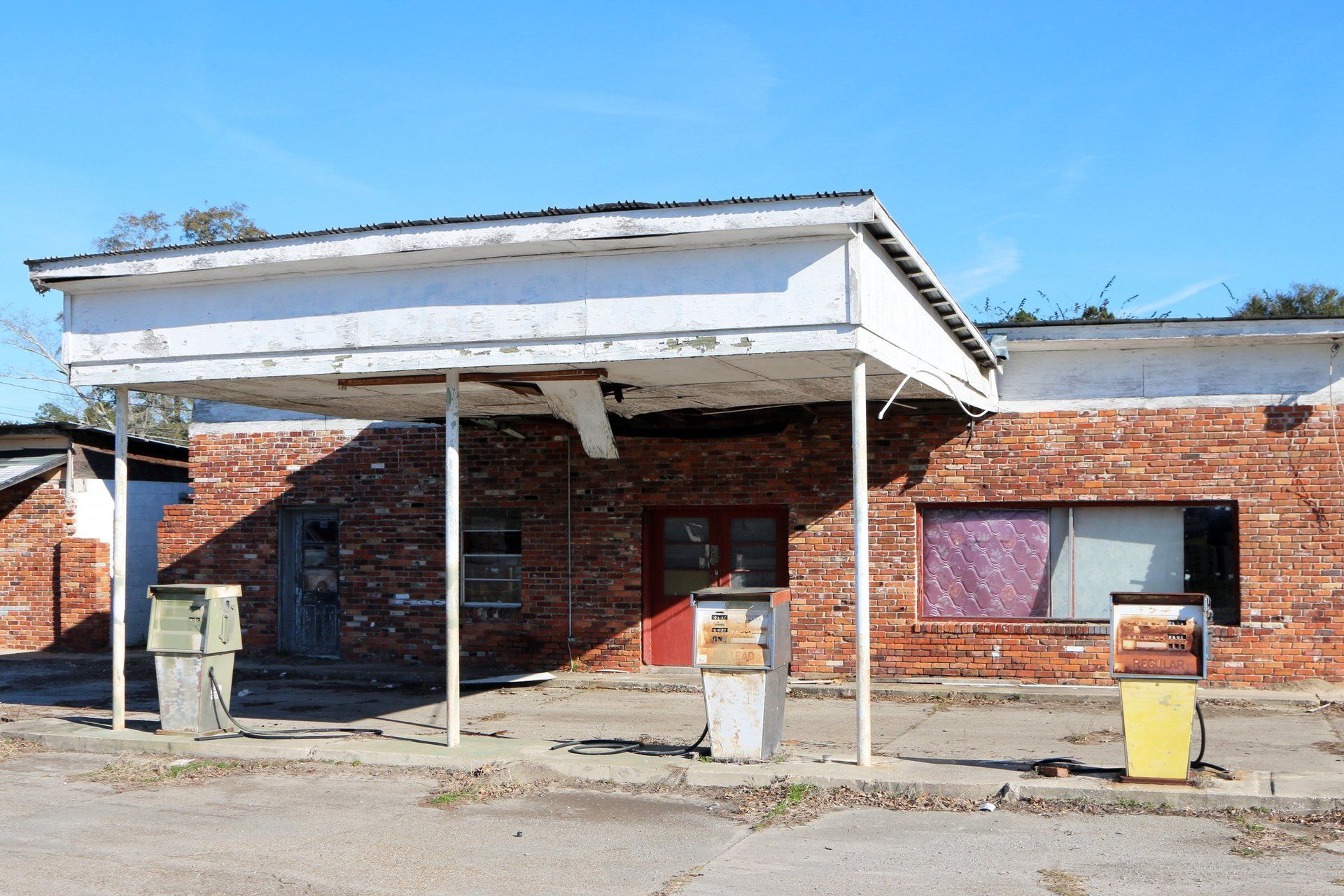
You purchased a commercial property and have now discovered the site is contaminated with a hazardous substance. How did you get here? The simple answer: You didn’t get the required Phase I Environmental Site Assessment. And now you are responsible for the cleanup. How can you avoid this scenario? You can protect yourself by getting a Phase I Environmental Site Assessment. Read on to learn more about why this is a step no purchaser wants to skip.
What is a Phase I Environmental Site Assessment?
It is an investigation to meet one of the requirements that will qualify a buyer for the innocent landowner defense under the Comprehensive Environmental Response, Compensation, and Liability Act (CERCLA). It is required for any commercial real estate purchase that is financed through a bank loan.
What is involved in the Environmental Site Assessment?
A thorough investigation of the site’s history and property usage. This involves evaluating the recognized environmental condition (REC) of the site. This evaluation analyzes the presence or likely presence of any hazardous substance or petroleum product on a property under conditions that indicate an existing, past, or material threat of release into structures on the property, soil, groundwater, or surface water.
At the request of our clients, CTI can expand the Phase I Environmental Site Assessment to include topics such as:
·Regulatory compliance
·Ecological resources that may be impacted by development
·The presence of asbestos-containing materials
·Other real estate risks to the purchaser
How long does it take?
The Phase I Environmental Site Assessment process is usually completed within 15 working days.
What is included in the report?
CTI provides clients with a confidential report with an accurate environmental profile of the subject property. The report details CTI’s investigation methods as well as relevant conclusions and our professional opinion. The results indicate whether there is evidence of contamination, if an environmental liability exists, and the potential economic costs associated with that liability. No one, unless authorized by our client, has access to the information provided in the report.
What happens if a
hazardous chemical is found?
If the results of the Phase I Environmental Site Assessment indicate strong evidence of contamination, a client may request that CTI propose a site-specific and economically valid approach to further examine the property in Phase II. The goal is to evaluate the presence of an environmental liability and potential economic costs.
How can CTI help?
CTI frequently provides consultations to its wide range of clients on property rehabilitation strategies as well as presenting alternative and cost-effective options for the removal of chemical contaminants. CTI provides a range of services for real estate purchasers, in addition to the Phase I Environmental Site Assessment, that include:
·Phase II Environmental Site Assessments
·Brownfield Assessments
·Business Environmental Risk
·Remedial Action Oversight and Ongoing Monitoring
If our client acquires a Brownfield, CTI often serves as oversight consultants during the remediation to ensure that our client’s interests are properly represented throughout the cleanup process.
Do I really need a Phase I Environmental Site Assessment?
In a word: Yes. This assessment is required for any commercial real estate purchase that is financed through a bank loan. Our goal at CTI is to protect our clients from CERCLA liability and making a bad real estate investment. Phase I Environmental Site Assessment will provide you with the peace of mind that comes from knowing you have met your due diligence obligation.
